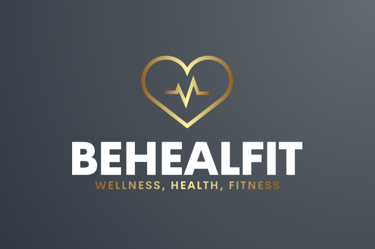Why Women Should Build Muscle After 40: The Complete Guide
After 40, strength training isn’t just about aesthetics for women. It plays a key role in health, metabolism, injury prevention, and overall well-being. Discover why and how to start.
WELLNESSHEALTHBLOG-LIST
8/8/20252 min read


After 40, many women focus on cardio to “burn calories” and maintain their figure. Yet a powerful but often overlooked ally can transform their health: strength training.
This doesn’t mean “bulking up” like a bodybuilder, but rather preserving precious muscle mass that naturally declines with age.
According to scientific researches, we lose about 3–8% of muscle mass per decade starting at age 30 — a phenomenon called sarcopenia. The good news? With the right training, you can not only slow down this loss but also regain strength and energy.
Table of Contents
1. Understanding Muscle Loss After 40
1.1 Sarcopenia: Inevitable but Reversible
Sarcopenia refers to the gradual decline in muscle mass with age. A 2014 study published in The Journal of Gerontology found that women can lose up to 30% of their muscle mass between ages 40 and 70 if no preventive action is taken.
This loss leads to:
Decreased strength
Slower metabolism (making weight gain easier)
Higher risk of falls and injuries
1.2 Aggravating Factors
Sedentary lifestyle
Hormonal changes (especially declining estrogen near menopause)
Low-protein diets
Chronic stress and lack of sleep
2. Proven Benefits of Strength Training for Women
2.1 Keep Your Metabolism Active
Muscle is a metabolically active tissue that burns calories even at rest. The more muscle you have, the more energy you burn daily.
2.2 Prevent Osteoporosis
Strength training stimulates bone formation and increases bone mineral density. The WHO recommends resistance exercises to reduce fracture risk.
2.3 Improve Posture and Reduce Pain
Strengthening your back, core, and hips helps prevent common sedentary-related pains such as lower back aches and neck tension.
2.4 Boost Confidence and Energy
Research from Harvard University (2018) shows that women who regularly strength train report higher self-esteem and fewer depressive symptoms.
3. How to Start Safely After 40 Consult your doctor before starting, especially if you have medical conditions.
Prioritize compound movements (squats, push-ups, rows) that work multiple muscle groups.
Start light and progress gradually to avoid injury.
Combine strength training with cardio for a balanced routine.
Don’t neglect nutrition: aim for 1.2 to 1.6 g of protein per kg of body weight per day.
4. Real Stories: Women Who Started Lifting After 40
“At 45, I thought working out was only about burning calories. After 6 months of strength training, I feel stronger, my back pain is gone, and I’ve lost 9 pounds.” — Sophie, 46
“Post-menopause, I gained weight and felt exhausted. Strength training helped me regain confidence and vitality.” — Nadia, 52
5. FAQ: Common Questions Answered
Will strength training make me “too muscular”?
No. Due to lower testosterone levels, women won’t bulk up like men. You’ll gain tone, not excessive size.
How many sessions per week do I need?
2–3 sessions of 30–45 minutes are enough to see noticeable results within a few months.
Do I have to join a gym?
Not necessarily. You can train effectively at home using resistance bands, light dumbbells, or just your body weight.
6. Conclusion: Your Strength, Your Future
After 40, building muscle isn’t a luxury, it’s a long-term health investment. It protects your bones, supports your metabolism, preserves independence, and boosts self-confidence.
The best day to start? Today.
Put on your sneakers, grab some weights… and invest in your strength.
